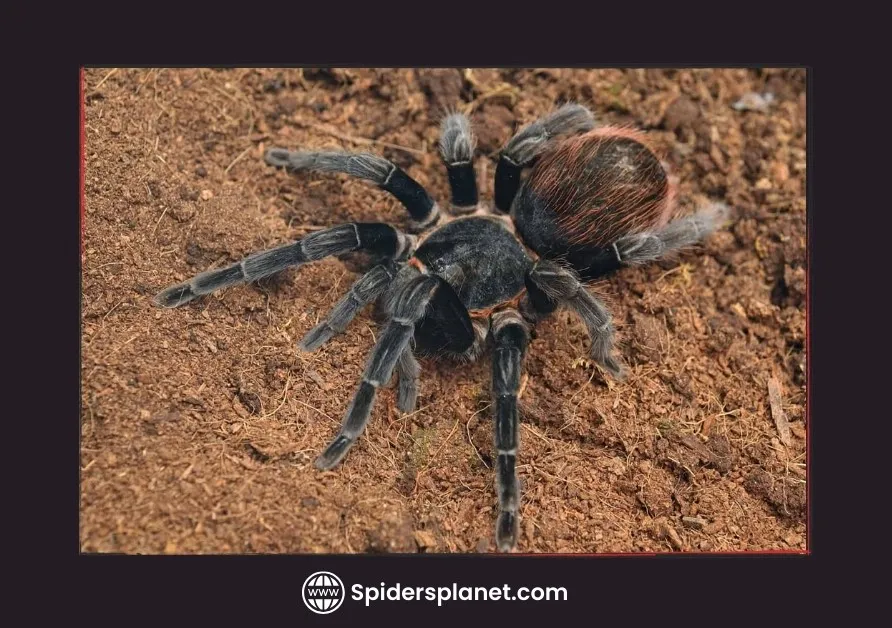What Do Tarantula Spiders Eat?
Tarantulas, with their impressive size and captivating presence, are fascinating creatures to observe. A crucial aspect of their care involves understanding their dietary needs. Unlike many other pets, tarantulas are primarily insectivores, meaning their diet consists mainly of insects. However, their nutritional requirements can vary depending on their age, size, and the specific species. This article explores the top 5 foods tarantula spiders eat, offering insights into the best ways to provide a balanced and healthy diet for your pet tarantula.
Crickets The Cornerstone of a Tarantula’s Diet
Crickets are often considered the staple food for tarantulas. They are readily available, relatively inexpensive, and offer a good source of protein and essential nutrients. The size of the crickets should correspond to the size of your tarantula, with juveniles needing smaller crickets and adults requiring larger ones. When selecting crickets, ensure they are healthy and have not been exposed to pesticides. It’s also beneficial to gut-load the crickets before feeding them to your tarantula. This involves feeding the crickets nutritious foods, such as fresh vegetables and commercial cricket food, to enhance their nutritional value.
Nutritional Value of Crickets
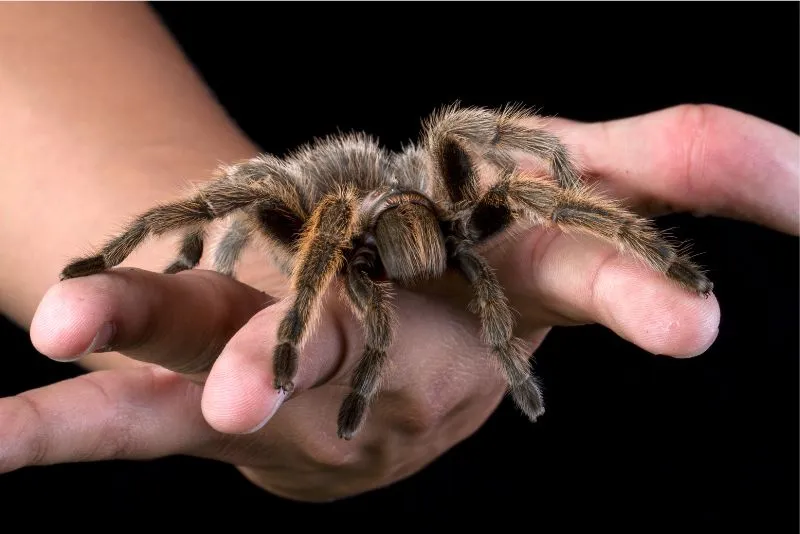
Crickets offer a balanced nutritional profile, including protein, chitin (which aids in exoskeleton formation), and other essential nutrients. They are a relatively lean food source, making them a good choice for maintaining a healthy weight in your tarantula. However, crickets alone may not provide a completely balanced diet, so it’s important to supplement with other food items to ensure your tarantula receives all the necessary nutrients. The nutritional content of crickets can also vary depending on what they are fed, highlighting the importance of gut-loading them with nutritious foods before feeding.
How to Prepare Crickets for Feeding
Before feeding crickets to your tarantula, there are a few important steps to take. First, make sure the crickets are alive and active. Dead crickets pose no nutritional value and could potentially introduce bacteria into the enclosure. Gently remove any uneaten crickets from the enclosure within 24 hours to prevent stress on the tarantula and to avoid potential mold growth. You can introduce crickets using tongs or by simply releasing them into the enclosure. The frequency of feeding depends on the tarantula’s age and metabolism, but generally, juveniles are fed more often than adults.
Mealworms The Second Most Common Food
Mealworms are another popular food source for tarantulas. They are easily obtainable and can be stored for extended periods. Mealworms are the larval stage of the mealworm beetle and offer a good source of protein, although they tend to have a higher fat content compared to crickets. While they can be a convenient option, it’s important not to make mealworms the sole component of your tarantula’s diet. Their higher fat content can lead to overfeeding if not balanced with other food sources. Mealworms are an excellent addition but should be offered in moderation.
Mealworm Nutritional Information
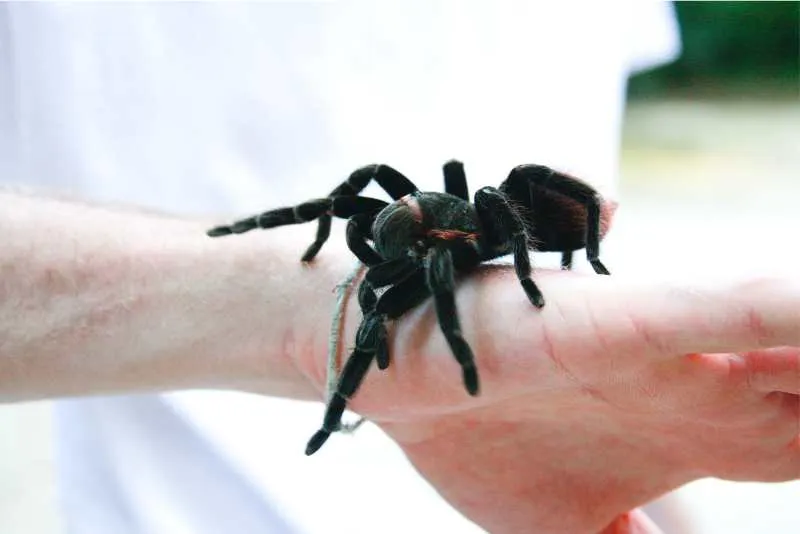
Mealworms provide essential protein and some vitamins and minerals. However, they are higher in fat than crickets. This higher fat content means that mealworms should be offered less frequently. When feeding mealworms, consider supplementing with other food items like crickets or roaches to ensure a balanced diet. Overfeeding mealworms can lead to an unhealthy weight in your tarantula and could potentially lead to health issues. When considering mealworms, choose those that are lively and free from any signs of disease.
Feeding Mealworms Safely
Before feeding mealworms, it is crucial to make sure they are properly cleaned and handled. Mealworms can be stored in a cool, dark place. Ensure you have not stored them too long as this can degrade their nutritional value. The shell of a mealworm is tougher than that of a cricket, so larger tarantulas are usually more successful in consuming them. You can present mealworms to your tarantula in a shallow dish or offer them directly. As with crickets, remove any uneaten mealworms within 24 hours to keep the enclosure hygienic.
Roaches A High-Protein Treat
Roaches, such as Dubia roaches, are an excellent high-protein food source for tarantulas. Roaches offer a good balance of nutrients and are generally less likely to burrow or hide compared to crickets, making them easier for tarantulas to hunt. They can also be easily bred, offering a sustainable food source. Roaches tend to be slower and can be easier for the tarantula to catch. They have a good nutritional profile and make a healthy addition to the tarantula’s diet. However, it’s important to consider the size and the availability of roaches in your area before relying on them as the primary food source.
Benefits of Feeding Roaches
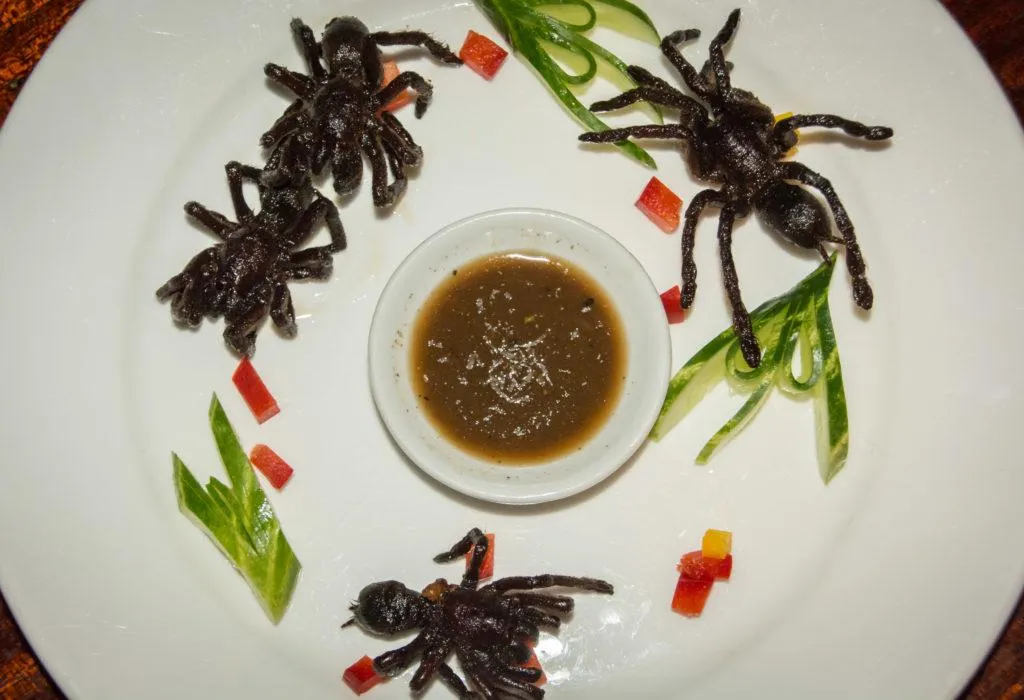
Roaches provide a high-protein diet for tarantulas and have a relatively lean nutritional profile. They are less likely to escape than crickets. Many roach species are relatively easy to breed, providing a sustainable food source. They offer a good amount of nutrients. Roaches can be a good choice for adults and juveniles. They are known for having a softer exoskeleton, which is easier for the tarantula to digest. They can also be gut-loaded, improving their nutritional value.
Types of Roaches Suitable for Tarantulas
Dubia roaches are one of the most popular choices for tarantula keepers. They are easy to breed, have a good nutritional profile, and are not known to climb smooth surfaces. Other suitable roach species include hissing roaches and lobster roaches. Avoid using wild-caught roaches, as they may carry parasites or diseases. Make sure to research the specific needs and characteristics of each roach species before incorporating them into your tarantula’s diet. The size of the roach should be appropriate for your tarantula’s size.
Waxworms A Fatty Treat
Waxworms are a high-fat treat that should be given sparingly. They are the larvae of wax moths and are highly palatable to tarantulas. However, their high-fat content can lead to obesity if they are fed too frequently. Because of this, waxworms should be offered as a treat, not a regular part of the diet. They can be useful for encouraging a tarantula to eat if it has lost its appetite or for providing extra energy during periods of growth or molting. Waxworms should be used with caution.
Waxworm Considerations
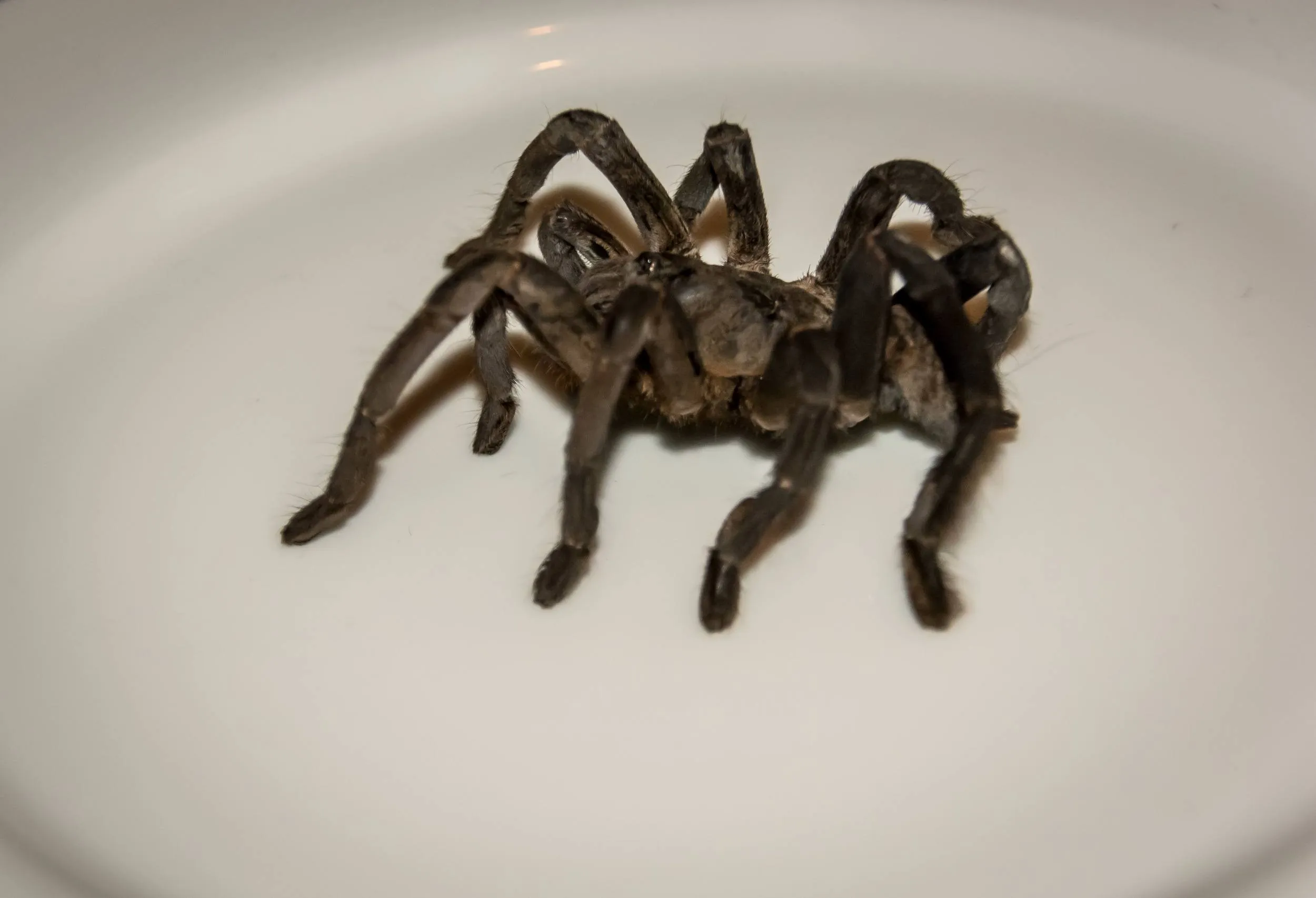
Waxworms are very high in fat and should only be given occasionally. They should be used to supplement a regular diet of crickets or roaches. Waxworms are often enjoyed by tarantulas, but their high-fat content can cause health problems. Feeding too many waxworms can lead to the build-up of fat deposits and potentially cause issues such as a reduced lifespan. The size of waxworms is less important than the frequency with which they are offered. Monitor your tarantula’s body condition and adjust the feeding schedule accordingly.
Feeding Waxworms in Moderation
When offering waxworms, make sure you’re giving them in moderation. A few waxworms per month are generally sufficient. Never give waxworms to juvenile tarantulas. Remove any uneaten waxworms promptly from the enclosure. If you’re unsure about the correct feeding frequency, consult with a veterinarian or an experienced tarantula keeper. Waxworms can encourage your tarantula to eat when it has lost its appetite. You should feed these treats sparingly for the health of your tarantula.
Pinky Mice An Occasional Supplement
Pinky mice, which are newborn mice, can be fed to larger tarantulas as an occasional supplement. Pinky mice offer a good source of protein and can be useful for providing extra nutrients, especially for adult tarantulas. They are not a necessary component of a tarantula’s diet, and their use should be approached with caution. While pinky mice can offer some nutritional benefits, they can also carry risks. Pinky mice are generally offered to large, adult tarantulas and only occasionally.
Nutritional Benefits of Pinky Mice
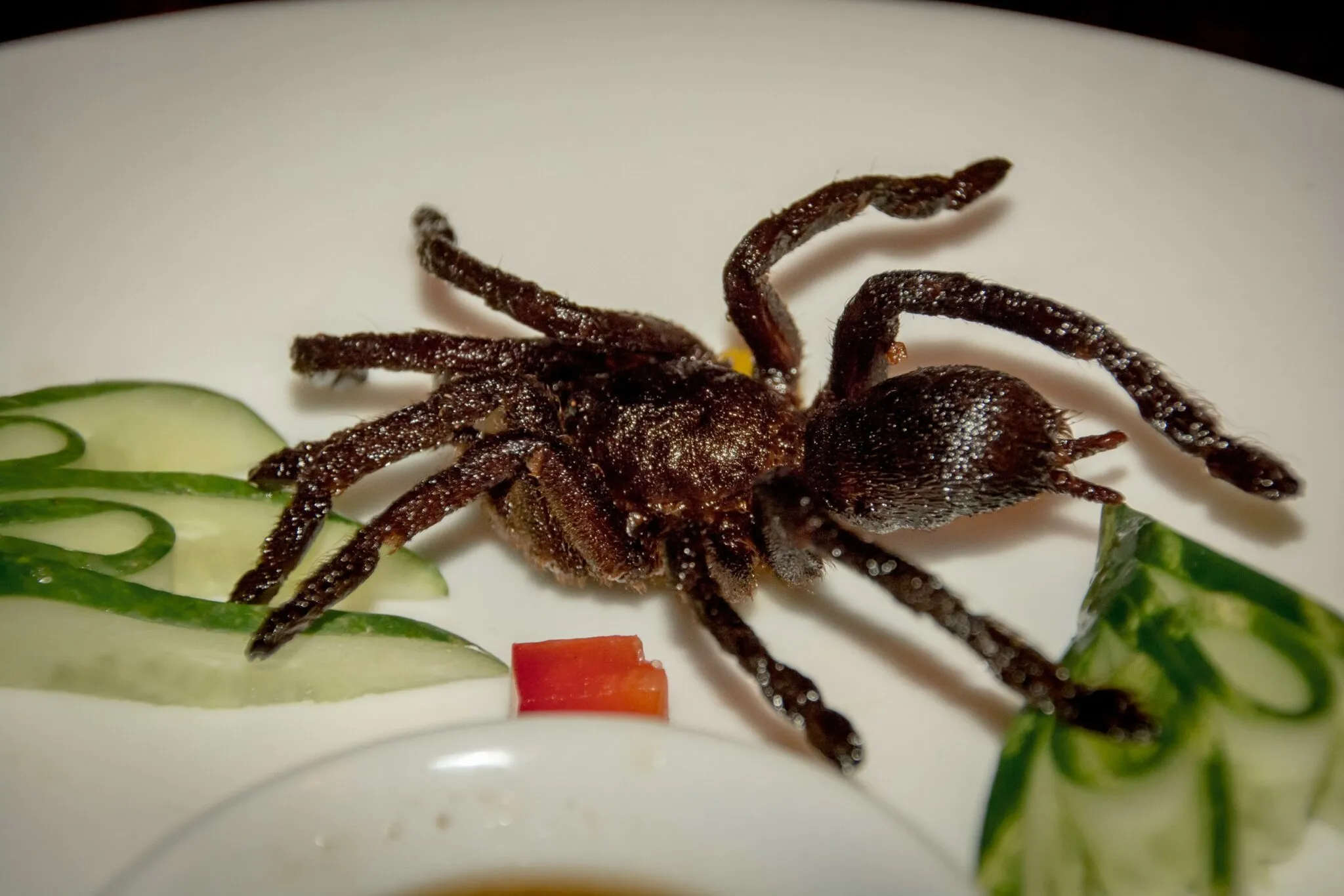
Pinky mice provide a significant amount of protein, which is beneficial for tarantulas. They also offer a variety of other nutrients, including calcium and vitamins. They can supplement the diet of a growing tarantula. They can be especially beneficial for adult tarantulas, and they are often used to provide a treat. However, they are not essential to a tarantula’s diet.
Risks of Feeding Pinky Mice
Pinky mice can pose some risks. They have a higher fat content and can lead to obesity. They may also have a different nutritional profile. There is also a potential risk of bacterial infections. Pinky mice should be offered infrequently. Always monitor your tarantula for any signs of digestive issues. The frequency with which you should offer pinky mice depends on the size and species of your tarantula. Make sure that pinky mice should not be the main component of your tarantula’s diet.
Conclusion on Tarantula Spider Diet
Providing a balanced diet is essential for maintaining a healthy tarantula. Crickets, mealworms, roaches, waxworms, and pinky mice can all be part of a tarantula’s diet. Crickets and roaches offer a good base, while mealworms and waxworms should be used as treats in moderation. Pinky mice can be offered occasionally to adult tarantulas. Always research the specific needs of your tarantula species and adjust the diet accordingly. Proper feeding practices, along with appropriate enclosure conditions, will ensure your tarantula thrives. Consulting with an experienced tarantula keeper or a veterinarian can provide additional guidance. Remember that a varied diet, combined with proper care, will contribute to the long-term health and well-being of your fascinating pet.
